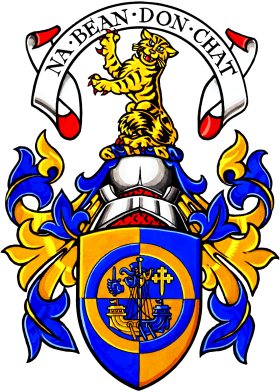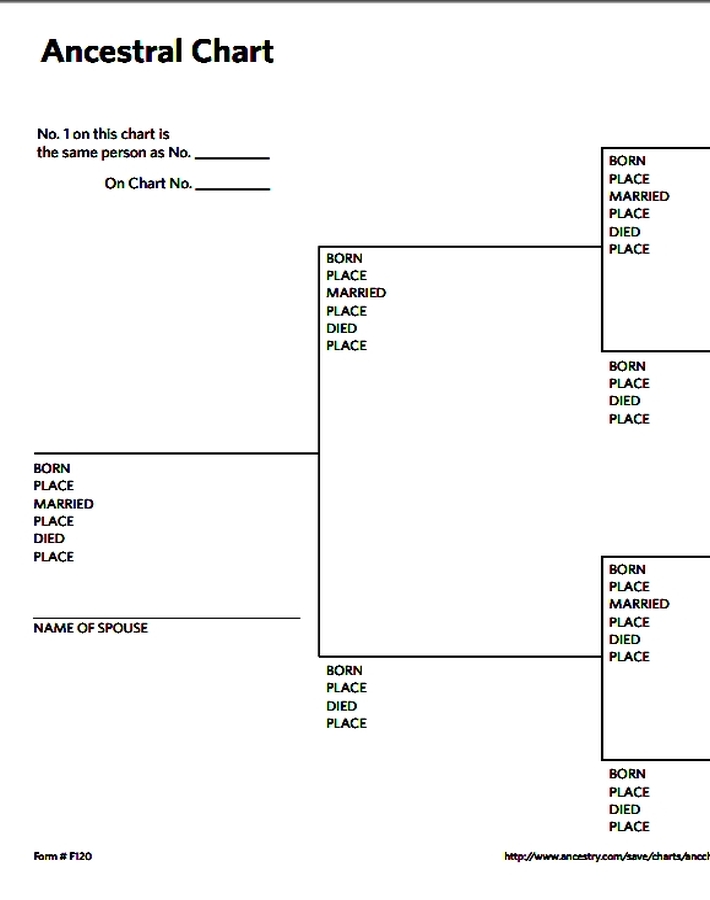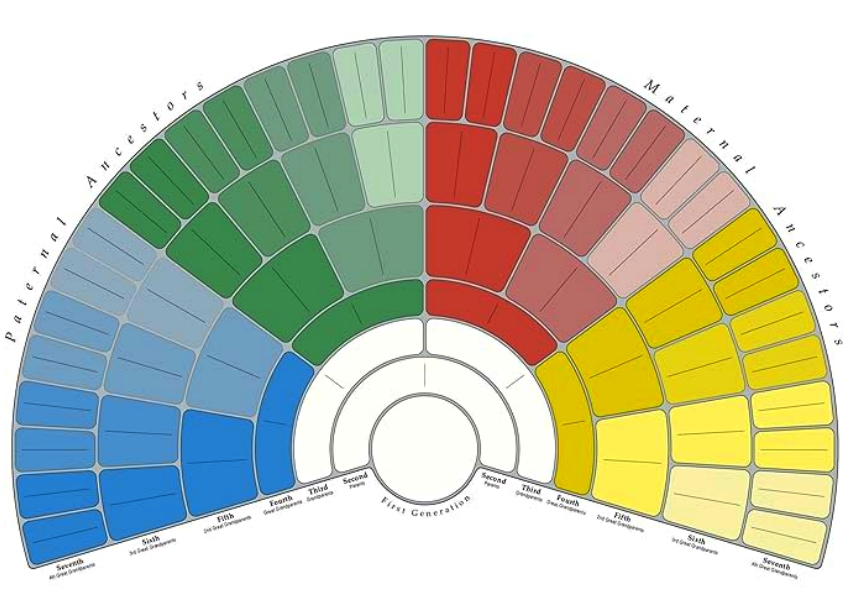Genealogy
FOR OUR YOUNG MEMBERS & THOSE WHO ARE YOUNG AT HEART
In order for your parents to be members of the Clan Macpherson Association they filled out a membership
form. If your parents' name is not Macpherson or McPherson they were asked to write who their ancestor
is that enables them to join. For example: My grandfather was a Macpherson. Maybe you have heard your
grandparents, uncles, aunts and/or parents mention that they are related to a certain person(s), such as your
24th great grandfather was Robert the Bruce. In the Urlar, the "Sennachie" wrote about the various
family names which belong with the Macpherson Clan. Also, there are always family rumours about being
somehow related to famous people such as William Wallace, Robert the Bruce or your own country's
leader. You may wonder, how do they know? Are the family rumours actually true?
This is called "Genealogy"; others refer to it as a "Family Tree". There are some
businesses in which people perform this research for a living; others, however, do it as a hobby.
Are you interested in bringing your family history to life? Here is how to begin. . .
- Download some forms (pedigree chart
and family group sheet) that you can print off. These
are also available at www.Ancestry.com). You
will want to make copies in order to go back several generations.
- Have somewhere safe to keep the information that you gather. It is important to stay organised
and well documented. Your immediate family is easy because you know them, but when you search back for
previous generations, the details you discover and record will provide clues to the lives of other ancestors,
and unlock the door to finding the generations that precede them. Be sure to take notes which are thorough;
you will want to be able to read and understand where you left off when you stop for dinner, school and/or
other activities. Imagine yourself to be like Sherlock Holmes, Nancy Drew or some other detective that you
like.
- When reading the forms you will discover they focus on dates and places of vital events. Here are some
examples of the information you might want to investigate and record:
- Birthplaces and dates
- Schools attended and date
- Marriage places and dates
- Military service
- If they left the country of their birth, immigration and emigration dates and locations
- Occupation
- Place and date of death
- You're probably saying, "OK, I'm ready to start filling in the blanks."
Before you actually start writing, please keep in mind these things as you record information:
- Use a pencil; you will want to be able to make corrections
- Use abbreviations sparingly; spell things out as much as you can
- List the smallest residential unit first, e.g. village, town, county, state etc. as appropriate to
your country
- If you do not know the answers, you can make a guess. When doing so, use the word
"maybe" or a "?" to denote a guess
- List dates as day/month/year and spell out months e.g. 25 December 2009
If you and/or the person you are interviewing are unsure of a date use "ca" to show this. Do not
assume that someone else's tree is correct (viewing on-line and/or on Ancestry.com or another internet
service). This "ca" comes from the Latin "circa" meaning "about".
Here is an example of what an entry might look like:
Name: John Highlander
Born: Scotland, ca 1895
Immigrated: Ellis Island, ca 1904-1959
Lived: New York City, ca 1904-1959
U.S. Army: ca 1917 - World War I
Died: New York City, 10 August 1959
- Go ahead and fill in the blanks. Start with yourself on line #1 on the generation tree (pedigree
chart). It is important to begin your tree by working backwards. It is easier to start with what you know. (Be
sure to fill out both pedigree chart and the family group sheet). Once you have filled out the information about
yourself, move on to your parents and grandparents. If you don't know the information don't be
afraid to leave the spaces blank.
- Contact relatives (parents, grandparents, uncles and aunts) for additional information. It is
easier to write information about your closest living relatives. This will also give you the foundation to
research the next ancestor. When family says, "Well, everyone knows that" be on guard. Do
not work from assumptions or guesses as you add people to your tree. If you are discussing long distant
specifics, be careful of faulty memories.
Do not forget the Great-Grandparents and/or Great Aunts and Uncles as well. Remember that telephone calls
and/or e-mails may not work for all relatives. A letter and/or personal visit may be necessary. As well as
some documents you might not know about they will probably have a fund of stories about the people in your
chart, putting a person's personality into the bare facts on the page.
- Check out the facts as best you can. Ask if there is a family bible which lists the birthdays and
death dates of relatives. The public libraries have a genealogy area in which you can research.
- If you find it hard work, don't worry! Genealogy is not for everyone. At least you tried
and discovered it's not for you. Yet, if you tried it and you like it you are then ready for the next step
which is using a computer programme and/or subscription to one of the websites such as those available
from the links page.




